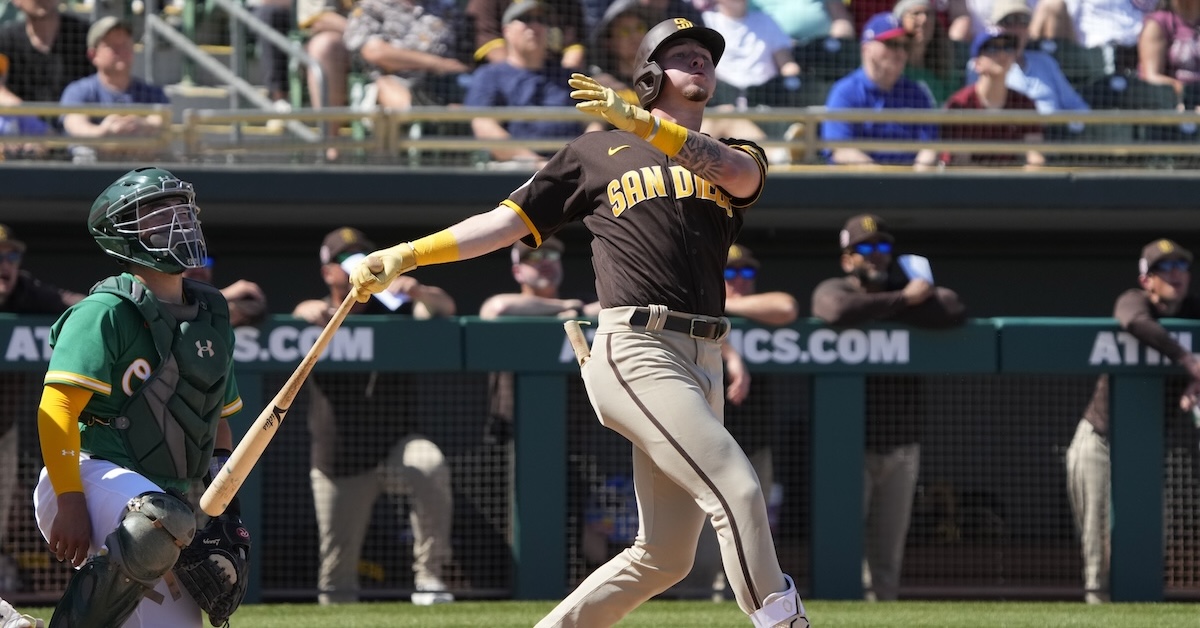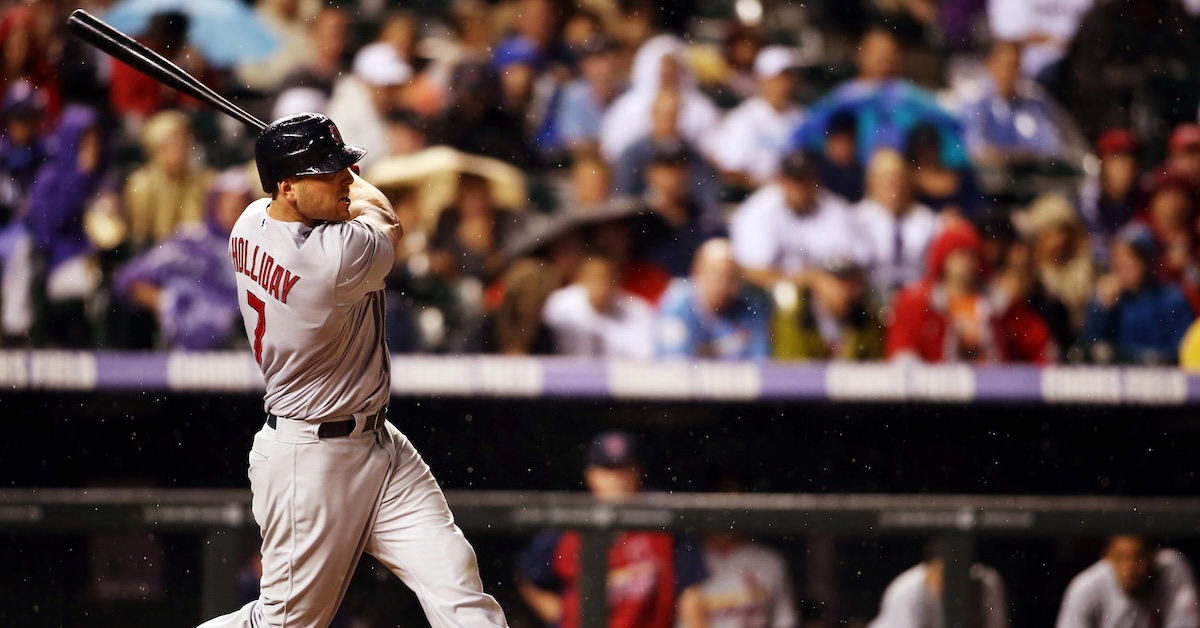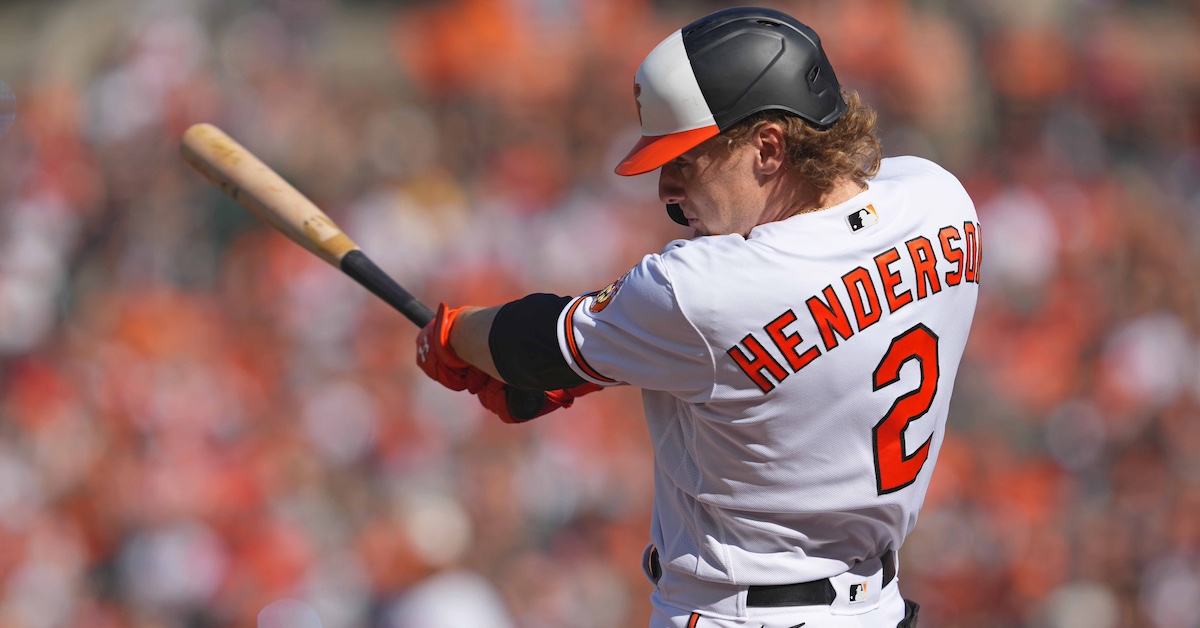Prospect Report: San Diego Padres 2024 Imminent Big Leaguers

Below is an evaluation of the prospects in the San Diego Padres farm system who readers should consider “imminent big leaguers,” players who might reasonably be expected to play in the majors at some point this year. This includes all prospects on the 40-man roster as well as those who have already established themselves in the upper levels of the minors but aren’t yet rostered. I tend to be more inclusive with pitchers and players at premium defensive positions since their timelines are usually the ones accelerated by injuries and scarcity. Any Top 100 prospects, regardless of their ETA, are also included on this list. Reports, tool grades, and scouting information for all of the prospects below can also be found on The Board.
This is not a top-to-bottom evaluation of the Padres farm system. I like to include what’s happening in minor league and extended spring training in my reports as much as possible, since scouting high concentrations of players in Arizona and Florida allows me to incorporate real-time, first-person information into the org lists. However, this approach has led to some situations where outdated analysis (or no analysis at all) was all that existed for players who had already debuted in the majors. Skimming the imminent big leaguers off the top of a farm system will allow this time-sensitive information to make its way onto the site more quickly, better preparing readers for the upcoming season, helping fantasy players as they draft, and building site literature on relevant prospects to facilitate transaction analysis in the event that trades or injuries foist these players into major league roles. There will still be a full Padres prospect list that includes Robby Snelling and Braden Nett and all of the other prospects in the system who appear to be at least another season away. As such, today’s list includes no ordinal rankings. Readers are instead encouraged to focus on the players’ Future Value (FV) grades. Read the rest of this entry »







